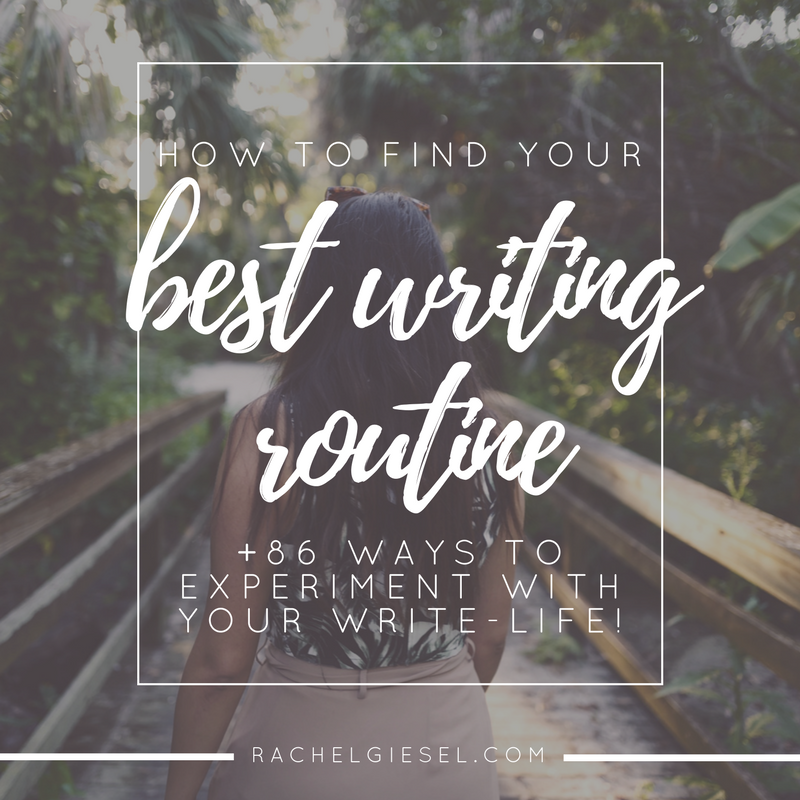GUEST POST BY JACQUELYN EUBANKS: Jacquelyn is here to help you with your revision, dear writer. She's got 8 steps to help you get to your completely revised story. Read onward to get her amazing tips!
“Should I get an editor to look over my story? Or should I just edit it myself?”
It’s a common question in the writing community. And it’s understandable: Editing is time consuming, but hiring an editor can be expensive, especially depending on how long your book is.
So which is it? Hire a pro? Or do it yourself?
Actually, both. Yep! Both.
“But isn’t that like wearing a belt and suspenders?”
Not at all. Trust me on this one: you need a professional editor. Every book does, in fact. I don’t care how good of a writer you are; there are things within your story that need to be fixed, and you need an outside source to identify them. Not Great Aunt Gertrude. Not your sixth grade English teacher. But an actual professional.
The one I work with is a college English professor during the school year, and during the summer he is a freelance editor. If you’re looking to self-publish, I’ve heard good things about Bubblecow.com, where you can hire an editor for your work.
A lot of writers tell me that they just can’t afford an editor, and they’d rather DIY or have a friend/relative do it for free. But the thing is, you cannot afford to not have an editor. It may be pricey, but that’s called investment, and your writing is worth it.
When you submit your book to literary agents, or even self-publication, you will want a manuscript that is essentially perfect. The problem is, you as the writer are too close with your story to see the flaws in the first and second draft. An editor will have an objective perspective and will tell you what needs to be fixed. They will point out things like spelling and grammar errors, sure, but also content-based errors like irrelevant scenes or characters, any confusion the reader might have, or anything that seems beyond the realm of believability. Their purpose is to polish the gem that is your story and bring out its shine.
When they’re finished, they will send your manuscript back with their suggested revisions. Here’s my first-hand take on critiques: listen to them. I know that at first they might hurt or sound harsh because they call for removing or changing some of your most beloved scenes or characters, but trust your editor: they are on your side. They only recommend these tweaks because they want to see your book become the best it can be.
And, of course, we are not writers, we are rewriters. Sometimes you just have to suck it up and murder your darlings.
This is where self-editing comes in. Yes, your editor gave you a list of fixes, but you’re not limited to that. As the author, you have ultimate say in your story. Your editor may suggest changes, but you determine how to implement them. This includes slightly tweaking, rearranging, or adding details. You don’t necessarily have to remove something from your story just because your editor suggests it.
You probably finished the first draft already knowing that you needed to add some things to enhance the story, or that some parts weren’t really relevant, or that the chapters needed some rearranging. This is your time to do that.
Here’s How I go from Messy First Draft to Finished Book in 8 steps:
1 | Arm Yourself with Supplies:
Print out your first draft and the list of revisions your editor suggested. Get a red pen and sticky notes handy.
2 | Read Through the Entire Manuscript with Your Editor’s Notes:
With your red pen and sticky notes, mark up what you’re going to fix. First, flip through to the pages where your editor pointed out mistakes and, in a red pen, either correct them or leave yourself a sticky note with some advice on how to go about revising it.
3 | Read Through the Entire Manuscript and Self-Edit:
Then put aside the editor’s notes and just read through it yourself. You will start to see where one chapter can be removed and a new one inserted, or where chapters need to be rearranged so they flow better. I have had to delete entire chunks of the plot because they didn’t progress my character or the story towards its ultimate end.
4 | Draft 2:
Once you know what needs to be fixed, start a new document called “[Your Title] – Draft 2” or the like. Then, one chapter at a time, copy-paste the first draft chapter into the second draft document and edit.
You’ll be surprised by how much rewriting you’ll be doing. You may start fixing a chapter and realize that pretty much all of it needs to be scrapped. That’s okay. Enjoy this time of rewriting. It can be just as good, or even better, than the feeling you got when you wrote the first draft.
In fact, I’ve come to love editing. I used to despise it, but now I think of it like a chance to relive my story all over again (and that romanticizes the process).
5 | Back to Your Editor:
When your second draft is completely edited, you’re going to want to send it back to your editor again for their final revision. This manuscript will probably be very different than the first one you sent, with additions and deletions you made with your own judgment. The editor will send it back to you, letting you know if there are any final things they think you should fix.
Even if they think your book is perfect, prepare yourself: it’s Round 3.
6 | Draft 3:
This time, don’t print out your second draft manuscript. Just create a new document “[Your Title] – Draft 3” and chapter by chapter, copy and paste from the second draft doc into the third draft doc.
You will want to be extremely nit-picky. Your edits will mostly be your own critiques of your writing style. You may want to clean up your diction – tighten up those sentences, eliminate adverbs, be more concise – and that could take a while. It’s a very detail-oriented task.
This is also where you should tie up any possible loose ends. If you forgot to, or didn’t know where, or weren’t sure how to add something – a small but vital point of character development, a brief but necessary explanation – now is the time to do that.
7 | Take a Breather:
Finally, you’ve finished Round 3 – the most time-consuming, nit-picky part of the whole process. Go ahead and take a little break. Not too long, though! (We know what happens when we writers give ourselves a break. Can you spell procrastination?). Because at last, it’s time for Round 4.
8 | Draft 4:
All you have to do is sit back, relax, and read your story, just going along for the ride.
If you find anything you think might need fixing, write it down in a notebook or on a sheet of paper. But don’t stop to fix it yet. Just keep reading, straight through to the end. Hopefully you’ll collect nothing more than a front page’s length of quick-edits.
You may also need this last round to insert any small additions to the story, for your own pleasure. For example, you may have wanted to add something like a certain song or fireworks to the backdrop of your lead couple’s kiss scene, but you forgot to in previous drafts. You can go ahead an insert such a small detail. Fix these up, and you’ll be good to go.
So to recap: Do you need a professional editor? Yes.
Should you self-edit? Yes.
Both are vital aspects in perfecting your story. Your published book will thank you for them.
Jacquelyn Eubanks has been an award-winning, best-selling fiction author since her sophomore year of high school. She now teaches aspiring writers how to become #empoweredauthors through her website, JacquelynEubanks.com. She firmly believes anyone can become a successful author. You can find her writing books, sipping tea, and (someday) climbing mountains. Follow her on Instagram and Twitter.
















